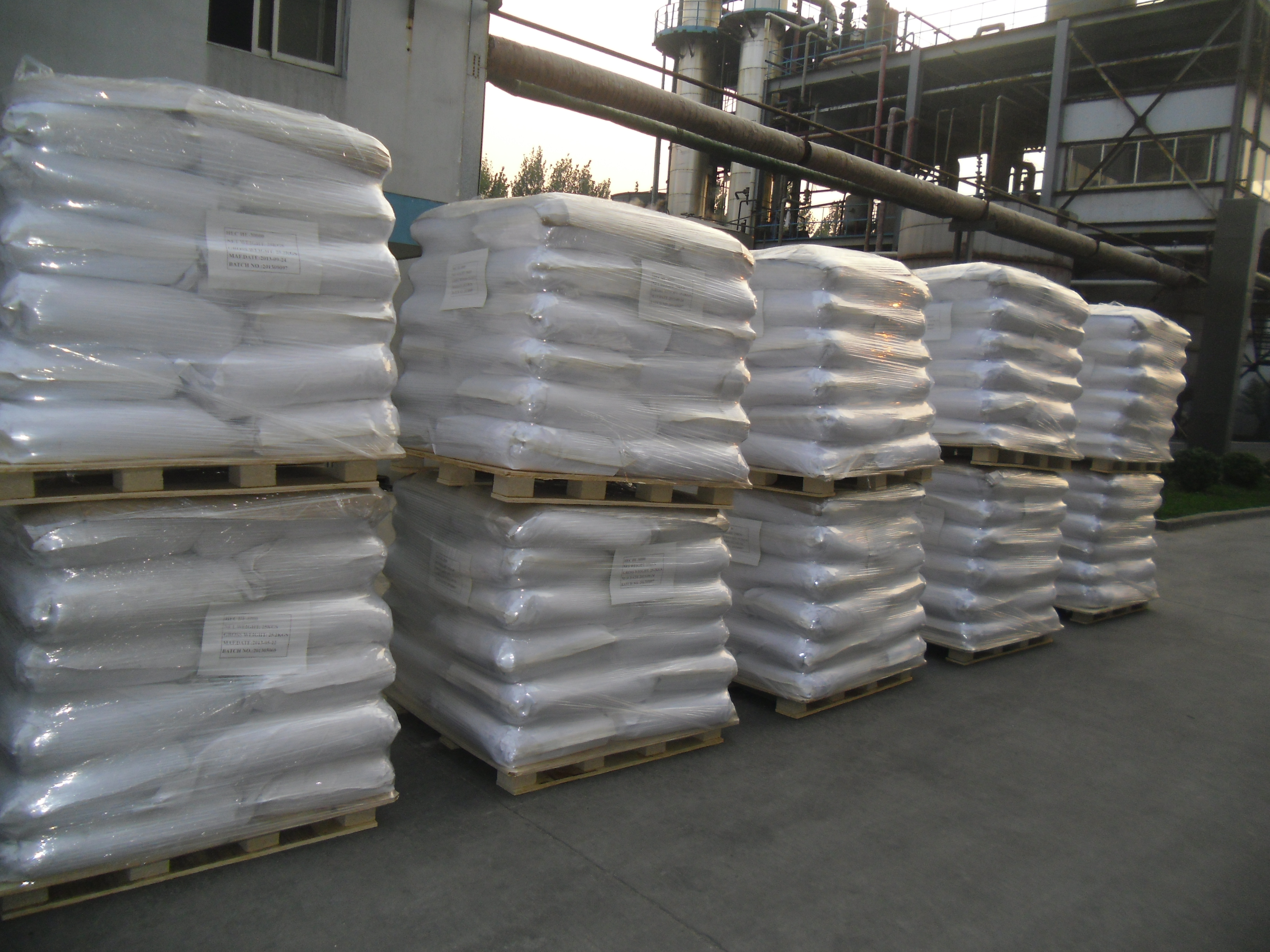Polyanionic cellulose (PAC) is a water-soluble cellulose derivative with applications in various industries. The polymer is derived from cellulose, a natural polymer found in plant cell walls. Polyanionic cellulose is produced by chemically modifying cellulose, resulting in a product with unique properties that make it valuable in multiple fields.

Synthesis of polyanionic cellulose:
1. Cellulose extraction:
The first step in PAC synthesis is to extract cellulose from plants. Common sources include wood pulp, cotton and other fibrous materials. Cellulose is usually treated to remove impurities and hemicellulose.
2. Etherification process:
Polyanionic cellulose is produced by etherification, a chemical process in which hydroxyl groups on the cellulose chains are replaced by anionic groups. This modification imparts water solubility and other desirable properties to cellulose. Common anionic groups include carboxymethyl (-CH2COONa) and carboxyethyl (-CH2CH2COONa).
3. Neutralization:
After etherification, the resulting product is usually the sodium salt. Neutralization with acids or other reagents can be used to convert them into the desired polyanionic form.
Characteristics of polyanionic cellulose:
1. Water solubility:
One of the most notable features of PAC is its water solubility. This property makes it highly versatile in a variety of applications requiring water-based solutions.
2. Viscosity control:
PAC is well known for its ability to control the viscosity of aqueous solutions. This makes it valuable in industries such as the oil and gas industry, where it can be used as a rheology modifier in drilling fluids.
3. Thickener:
Due to its thickening properties, PAC is used as a thickening agent in numerous industries including food, pharmaceuticals and cosmetics.
4. Stability under harsh conditions:
PAC exhibits stability over a wide pH and temperature range, making it suitable for applications in a variety of environmental conditions.
Applications of polyanionic cellulose:
1. Oil and Gas Industry:
PAC is widely used in the oil and gas field, especially in drilling fluids. It helps control viscosity, reduce fluid loss and stabilize the borehole.
2. Food industry:
In the food industry, PAC is used as a thickener and stabilizer in a variety of products, including sauces, dressings and dairy products.
3. Drugs:
PAC is used in pharmaceutical formulations as a binder and disintegrant in tablet manufacturing. Its water solubility offers advantages in drug delivery systems.
4. Cosmetics:
In cosmetics, PACs are used in formulations such as creams and lotions due to their thickening and stabilizing properties.
5. Water treatment:
PAC is used in water treatment processes for its ability to flocculate impurities and improve water clarification efficiency.
6. Paper industry:
In the paper industry, PAC is used as a retention and drainage aid in the papermaking process.

Polyanionic cellulose has become a valuable polymer in various industries due to its unique combination of water solubility, viscosity control and stability. From improving the performance of drilling fluids in the oil and gas sector to serving as a key ingredient in food and pharmaceuticals, PAC’s versatility highlights its importance in modern industrial processes. As research and development continue, the potential applications of polyanionic cellulose are likely to expand, further enabling advancements in numerous industries.
